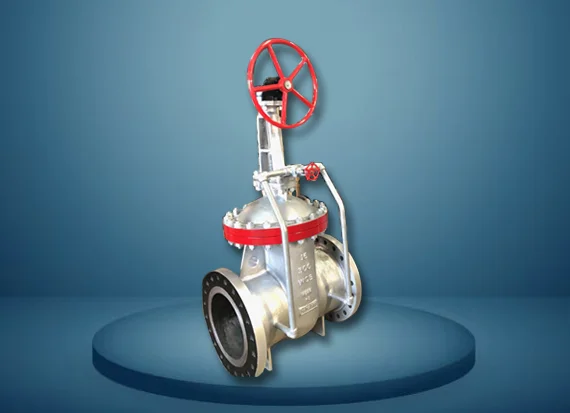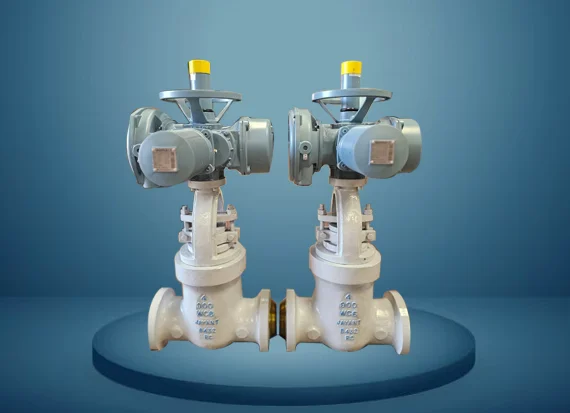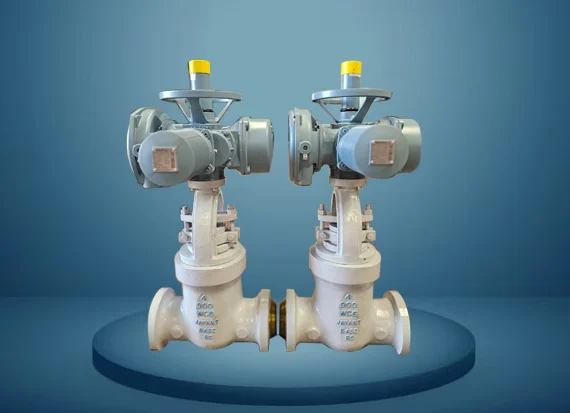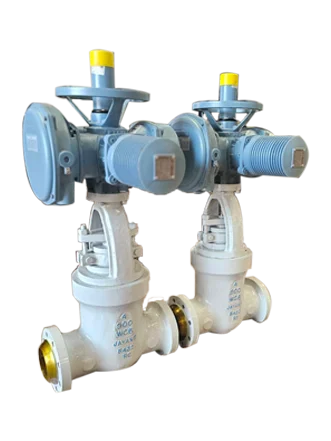Pressure Seal Swing Check Valve Manufacturer
A pressure seal swing check valve is a type of non-return valve used in power generation, oil and gas, and industrial process systems that is intended for high-pressure and high-temperature applications. Its swing-type disc permits flow in a single direction and, in the case that the flow reverses, automatically closes to stop backflow. As pressure rises, the pressure seal bonnet design ensures leak-tight performance by improving the seal between the body and dome using the internal system pressure.






